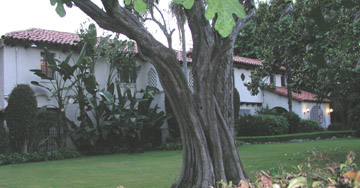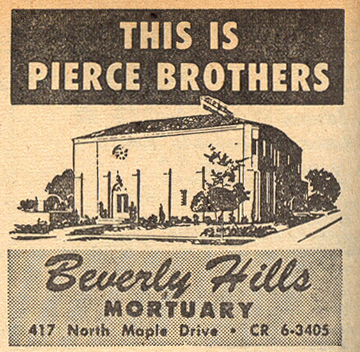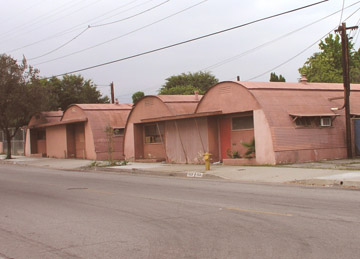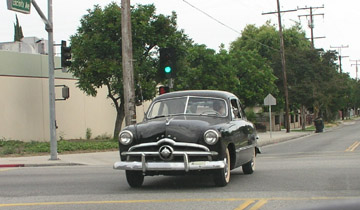June 9, 1947
Beverly Hills
Stephen Hero, former concert violinist and one-time protege of renowned Spanish pianist Jose Iturbi has confessed to “abduct[ing]†his daughters, Iturbi’s grandchildren, and taking them to New York, where his parents live.
Mr. Hero, Maria Theresa, 10, and Maria Antonia, 9, had been living at Mr. Iturbi’s Beverly Hills estate at 913 N. Bedford Drive since their mother Maria shot herself at the home on April 16 of last year. Her father heard the fatal shot while he was practising and discovered his daughter in her room, mortally wounded, her hair in flames from the exploding shell.
Maria was estranged from her husband at the time of her death, and her father had supported the children since their parents’ 1940 out-of-court separation agreement. In 1941 Maria was granted custody, on grounds of non-support from Hero.
In March 1943, Iturbi entered Superior Court seeking custody of his granddaughters, making unspecified claims that his daughter was unfit to raise them. Before going to court, Mrs. Hero took a job in a drugstore and moved the girls out of her father’s house at 707 N. Hillcrest Drive.
In court, father and daughter appeared so chummy that Judge Edward R. Brand suggested they settle their differences out of court, for the sake of the children and to avoid airing the family’s dirty linen publically, but through their attorneys Jerry Giesler (his) and Roger Marchetti (hers), they initially declined the suggestion,
However, following Mrs. Hero’s dramatic collapse in chambers, an out of court settlement was reached which left their mother with custody, provided mother and daughters live in the Iturbi home, the children have no evening visitors, no family members be employed as domestics or live in the home, and their mother may take the children out any Sunday, providing their nurse received advance notice.
Back in New York, Mr. Hero says that Iturbi was so jealous of the girls’ attention that he refused to permit them to show any affection to their father, and further that he lived in fear of physical assault while while chez Iturbi. So when Iturbi departed for Paris to begin a European concert tour, Hero gave the servants the day off, booked a transcontinental flight under the name Frank Swartz and bundled both Marias aboard. Yes, Hero told reporters, their grandfather could give the girls material things, but not the affection that their natural father could give them.
Iturbi’s lawyer, William V. O’Connor, scoffed at Hero’s claims, and stated that a custody battle would commence once his client returned from his tour on the 20th, or possibly sooner.














